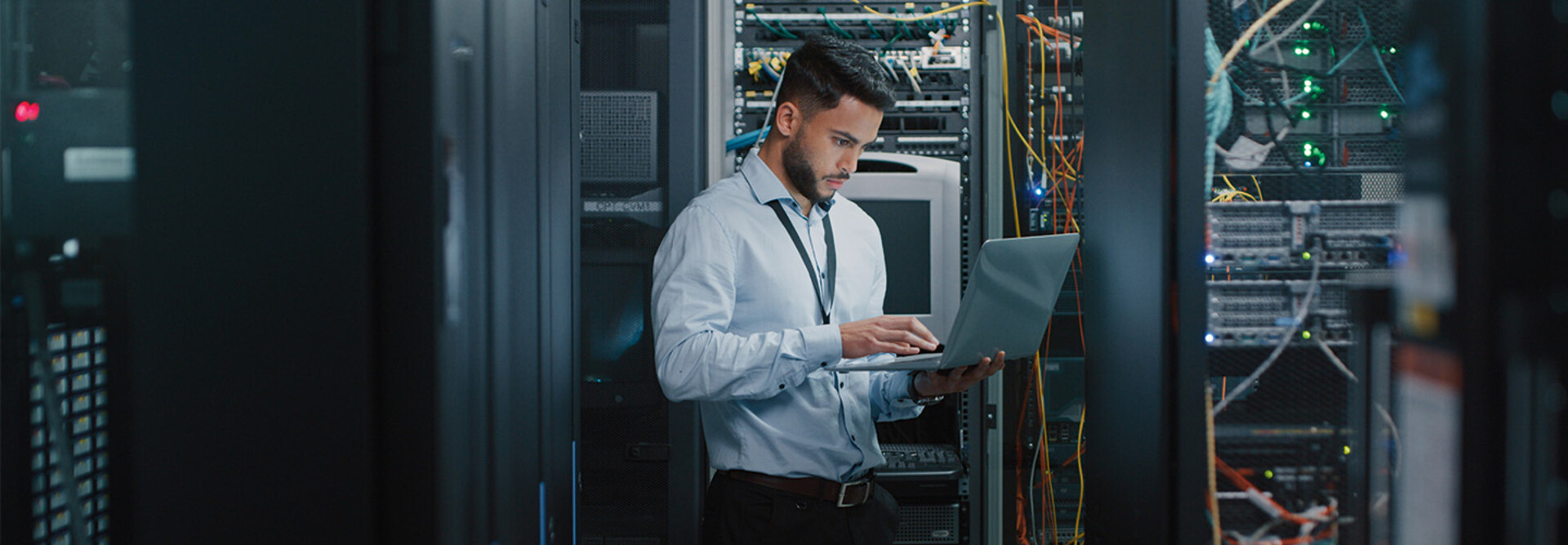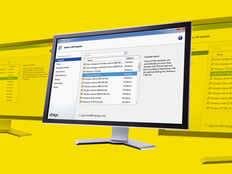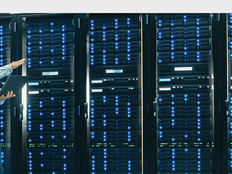1. What Is My Technical Debt? What Tech Is Outdated or Underused?
No modernization effort is one-size-fits-all. But whatever the desired outcome, assessing technical debt is a must. According to IDC, 83% percent of enterprises are rationalizing their current tech stacks. An expert assessment can help healthcare IT leaders identify any technology that is underused or redundant. Once these inefficiencies are identified, teams may be able to deprovision old applications and reallocate funds to new technologies.
Technical debt accounts for about 40% of IT costs, according to McKinsey. Too often, organizations face overly complex tech stacks “after years of building quick workarounds and one-off solutions to favor speed over good design for the long term,” McKinsey notes.
Technical debt is not only a barrier to modernization but also a financial drain, costing organizations more money than expected with overdue upgrades and hardware refreshes. IT managers facing this dilemma should calculate the cost of maintaining versus retiring or refactoring the solution.
2. What New Upgrades Are Essential to My Future IT Strategy?
Before investing in new technologies that may lack interoperability, healthcare IT leaders need a well-planned hybrid cloud strategy that balances the distribution of workloads on-premises and in the cloud.
“The problem we often see is that organizations don’t anticipate disruption. Budget cuts, strategic shifts, changes in leadership — these all interfere with and shift the scope of modernization goals,” says Matt Cobb, a solution architect team lead at CDW. “As a result, organizations end up with competing projects, which is an out-of-alignment business strategy.”
FIND OUT: Why is it a mistake to stretch out healthcare IT modernization lifecycles?
Working with a tech partner can help IT leaders map out this strategy. If a healthcare organization’s modernization effort is about cost-cutting, start by rightsizing cloud investments. If the focus is automation, consider hyperconverged infrastructure solutions or high-processing power hardware that can handle generative AI algorithms and graphics processing units.
3. What Enhanced Security Measures Should Be Added?
IT leaders also need to ensure that all workloads — both on-premises and in the cloud — are secure. Consistent performance is crucial for user satisfaction and operational efficiency. Monitoring tools, network optimization techniques and fine-tuning performance with observability tools can ensure that all systems are running smoothly.
Implementing zero-trust and identity and access management strategies can also help protect data across all environments and make it easier to adhere to compliance and privacy laws. IT leaders can also adopt a continuous threat monitoring approach to proactively prevent potential threats.
By following these questions, healthcare IT leaders position themselves for greater success. “Done correctly, infrastructure modernization can help organizations achieve scalability, agility and the resilience necessary to thrive in the data-driven landscape of the future,” says Cobb.











